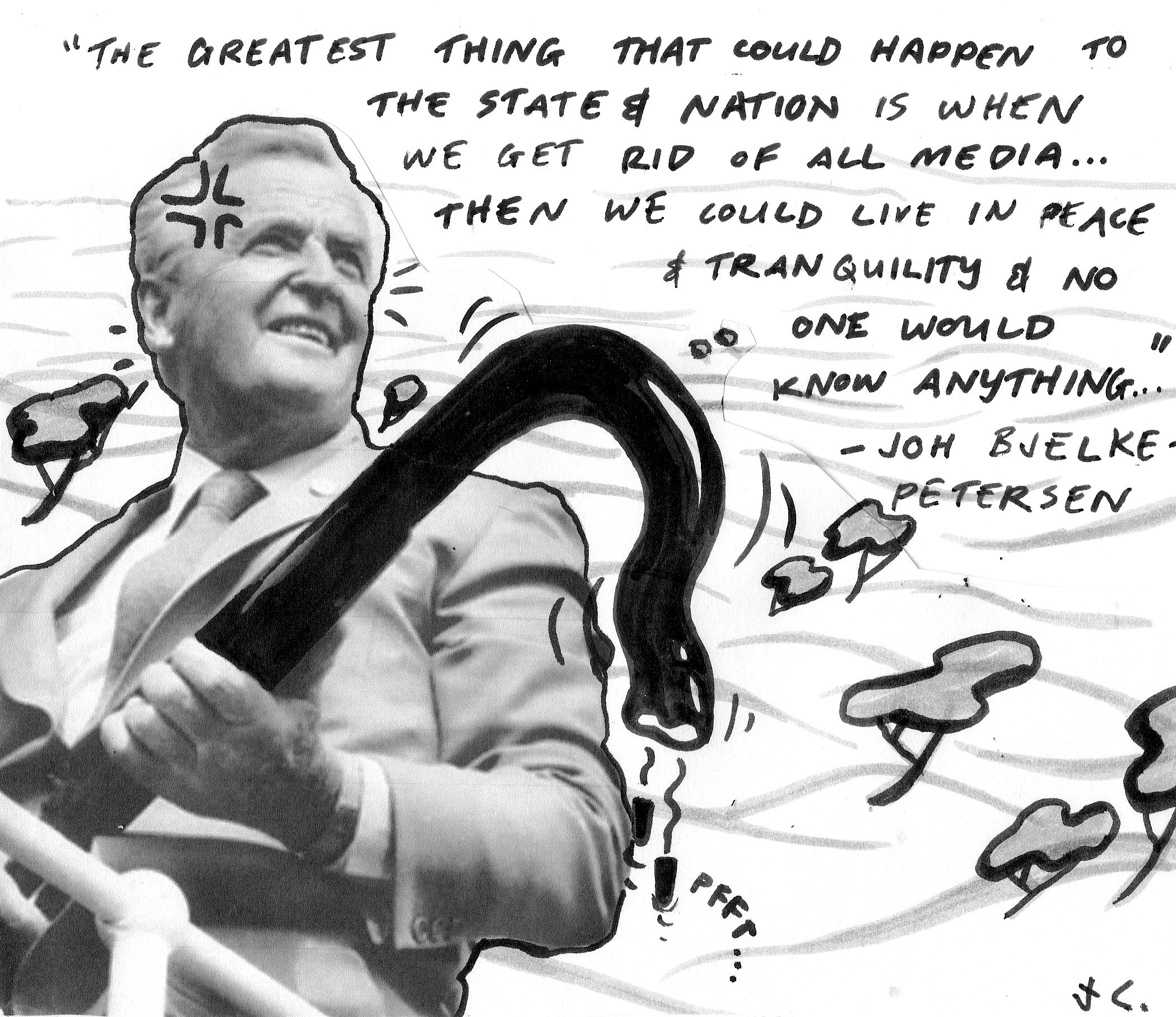The Australian Nationals used to be a tour de force in Australian politics. They gave us multiple Prime Ministers and governed Queensland for 32 years straight, most notably under Joh Bjelke-Petersen. Now, they have just a handful of seats of Parliament. With their waning political force and their increasing shackling to the Liberals at state and federal levels, the question must be asked: Are we in the final days of the Nationals?
Formed in the early 1900s to represent the interests of farmers and rural Australians, the Nationals quickly gained representation in both federal and state parliaments. At their outset, they were largely a protectionist party, supporting Australia’s agricultural industry, increased government investment in rural areas, and a form of agrarian socialism. Traditionally, the Nationals represented the interests of the conservative landowners of Australia, resulting in a party that was very socially conservative and at the same time advocating non-liberal economic policy.
Queensland felt the impact of the Nationals more than any state ever had or ever will. In 1957 The Nationals were elected under Frank Nicklin, defeating a nine term Labor government. Following his death and after the brief tenures of Jack Pizzey and Gordon Chalk, Joh Bjelke-Petersen led the party to another seven election victories. The reason behind their persistent electoral success (unthinkable today) was the zone-based system wherein the same amounts of seats were allocated to each zone. This essentially meant that sparsely-populated rural seats had the same amount of seats allocated as more densely populated urban seats, meaning that often despite Labor consistently winning far more votes, the Nationals’ domination of rural seats ensured their electoral success.
The power wielded by the Nationals in Queensland during this time should not be understated. They governed from 1957 to 1989, with Bjelke-Petersen even helping to bring down a sitting Prime Minister. With the introduction of another rural Nationals-dominated zone, he had complete control over Queensland, with his rule often being referred to as the “hillbilly dictatorship.” This was arguably the peak of the Nationals’ relevance. This lasted until when the systematic corruption of Bjelke-Petersen’s government became known and the Fitzgerald Inquiry forced his resignation.
The resignation of the indomitable Bjelke-Petersen signaled the end for the National Party’s ability to govern in their own right in Queensland. Additionally, following the electoral reforms introduced by Labor Premier Peter Beattie in 1992, the zones based system was abolished, eliminating the malapportionment that kept the Nationals in power despite consistently receiving less votes cast in their favor. In its place, Labor, with support from the Liberals, introduced the one vote, one value system, drastically reducing the power of the Nationals’ rural voting base.
The decline of the Nationals at the state and federal levels was inevitable in an increasingly urbanized nation such as Australia. This process took longer in Queensland because of the zone-based electoral system, but also because Queensland’s population is not as centralized around the capital city as it is in other states. While the Nationals will always win some safe rural seats, the sheer weight of population in the urban seats means that they will never again have the same power as they did before. Perhaps if global warming causes sea levels to rise high enough to trigger a population shift from the coastal capitals inland then the Nationals may enjoy a brief spike in electoral success. Otherwise, with their base dwindling and urban voters largely preferring the two major parties, the Nationals’ relevance is on an inevitable decline.
The Nationals at this stage are facing a difficult question as to what role they can viably play in Australian politics. The recent election of Malcolm Turnbull as leader of the Liberal Party saw the Nationals boldly assert that their coalition agreement was made with Abbott, not with Turnbull, and that a new agreement might have to be negotiated. No serious political analyst would entertain the idea that the Nationals would dare break this coalition. At the federal level, the Nationals’ place as the junior partner of the Coalition entitles their leader to the position of Deputy Prime Minister and up until recently, the Minister for Trade. As such, the Nationals punch above their weight at the Federal level. It is important to note that the Nationals still claimed nine seats at the last Federal election. Not only did they receive fewer votes than the Palmer United Party, the Greens received double the votes. Despite this, the PUP and the Greens only received one seat each. All is not lost for the Nationals. In WA, the party have reasserted their independence from the Liberals, and experienced great success with the implementation of the Royalties for Regions program. The Nationals must be bold, and unshackle themselves from the Liberal Party if they are ever to regain some independence and electoral success again.
Words By Callum Nevill
Art By Jessica Cockerill

